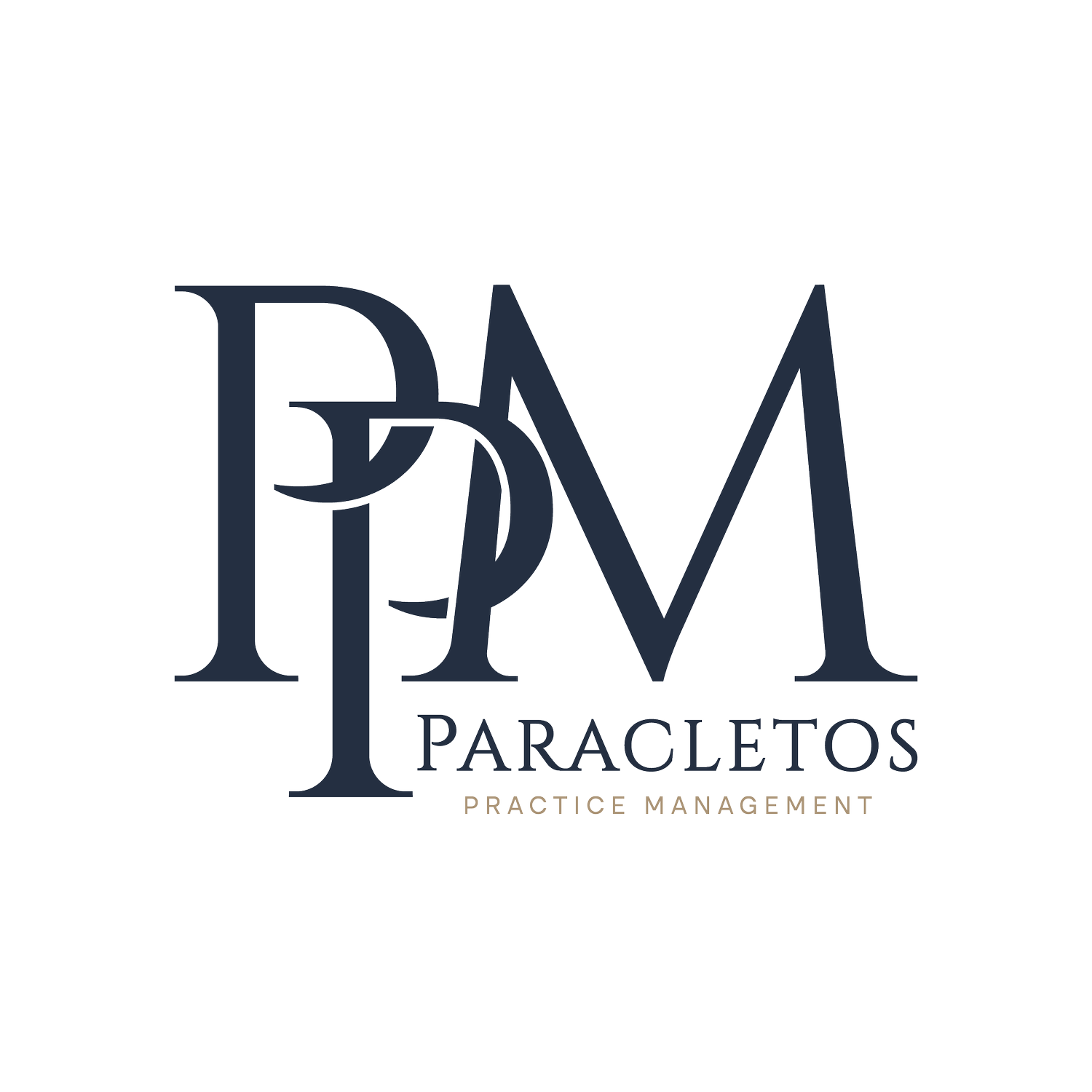Accurate Records, Protected Revenue: Why Your Documentation Matters More Than Ever
It’s easy to think of documentation as a backend task—just more paperwork in a day already full of patients, coding, and follow-ups. But for providers working with Medicare, what gets written down (and how it’s written) can make or break your ability to get paid—and stay compliant.
That’s why 2025 is the year to get serious about tightening up your documentation protocols.
At Paracletos LLC, we help practices understand what’s at stake when CMS guidelines aren’t followed and how to build smarter, stronger systems that protect both patient care and practice revenue.
What’s Behind the Push for Better Documentation?
The Centers for Medicare & Medicaid Services (CMS) continues to ramp up efforts to reduce improper payments—payments made without supporting documentation, for the wrong service level, or with no documentation at all. The latest government audit found nearly 8% of Medicare fee-for-service claims had issues—most often due to insufficient documentation.
This isn’t about minor clerical oversights. Incomplete notes, missing signatures, vague treatment plans—these things can trigger denied claims, repayment demands, or worse.
The biggest culprits?
Progress notes that don’t support the level of care billed
Missing provider signatures
Lack of documentation showing medical necessity
No written order for services like DME or diagnostic tests
Examples Where Documentation Falls Short
Certain services are flagged more often than others:
E/M Visits: These are frequent targets for compliance reviews. CMS expects detailed justification for the visit level billed, not just a few lines of text.
DMEPOS Orders: Without a valid, signed, and dated prescription that meets standardized requirements, reimbursement may be denied outright.
Therapy Services: Every plan of care needs formal certification from a qualified provider to be valid.
Diagnostic Tests: Illegible or missing signatures? That’s all it takes for Medicare to deny your claim.
And remember—“insufficient documentation” doesn’t mean you didn’t provide care. It means you didn’t prove it clearly enough on paper.
New CMS Simplification Efforts: Less Guesswork, More Clarity
The good news? CMS is trying to ease the burden. Under their Documentation Requirements Simplification (DRS) Initiative, providers now have more consistent guidelines across different types of services. One recent example: a unified order standard for DMEPOS, replacing the old patchwork of rules.
These changes aim to:
Eliminate outdated documentation rules
Clarify what’s really required (and what’s not)
Reduce provider confusion and audit risk
But simplification doesn’t mean you can cut corners. It means you now have a clearer target to aim for—and fewer excuses for missing the mark.
What Your Practice Should Do Now
Now is the time to:
✅ Conduct an internal review of your documentation processes
✅ Train staff on updated CMS requirements and proper E/M documentation
✅ Implement tools that ensure signatures, timestamps, and orders are always captured
✅ Work with billing consultants (like Paracletos) to proactively spot compliance gaps
Even minor tweaks to how notes are written, signed, or stored can prevent thousands in denied claims.
Our Role: Helping You Document with Confidence
At Paracletos LLC, we help providers document clearly, code accurately, and bill confidently. Whether you’re a solo practitioner or managing multiple providers, our team ensures your records back up your claims—and your revenue stays protected.
📞 Need help ensuring your documentation is audit-ready? Schedule a review with Paracletos and let us help you stay compliant, get paid, and get back to focusing on care.
